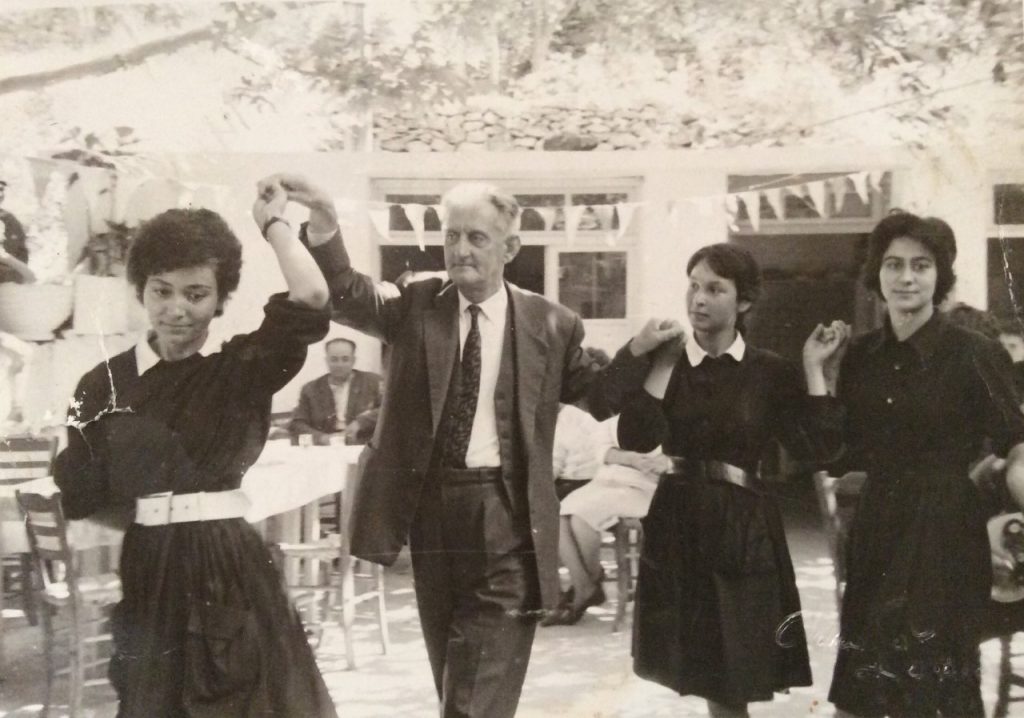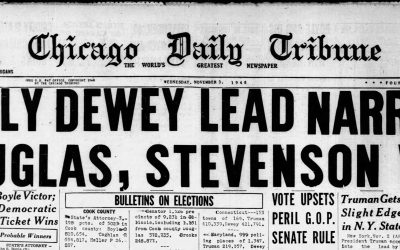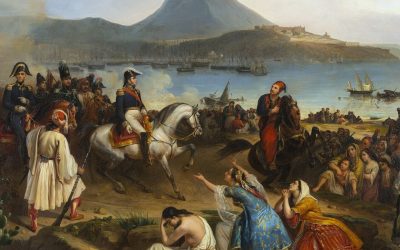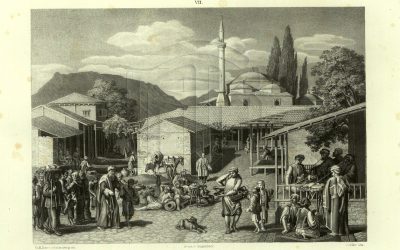By Alexandra Kiritsy & Gregory Kontos
Alexandra: Yiayia & Me is all about encouraging and helping Greeks around the world to get involved with family history to whatever degree they’d like! We know and appreciate how people connect with their family heritage in a multitude of ways, and so that’s why we cover a wide variety of topics! My personal interest in learning more about traditional Greek dance led us to interview a young Greek, Nikos Bariamis.
Alexandra: So, Niko, I’ve been wondering, what are the oldest styles of Greek dance?
Nikos: The earlier, the simpler. Not just about dances, but about pretty much everything. Perhaps the oldest style of Greek dances are dances in 2/4 or 4/4 time signatures, or what we, dance teachers, call “in three steps” or “chasapia.” This is the simplest rhythm. You just clap continuously without anything special in the musical meter. There are some complicated dances on this rhythm. However, the simplest ones can be danced on it.
Alexandra: What is the origin of these dances?
Nikos: Dances of this type are not found in particular areas, but all over Greece. Every Greek village has dances and melodies in the 2/4 or 4/4 time signature. And this makes sense, as people wanted to combine song and dance, and therefore, there needed to be a simple dance structure to serve entertainment. Also, in a community, not everyone is a good dancer; so they needed simple ones, so that everyone could participate.
Alexandra: How do the dances vary by region? Are they often inspired by local tradition and culture?
Nikos: In this case, we do discern some locality in dances. Apart from the “pan-hellenic” dances, the “syrtos” and the “chasapia,” there are many dances which are found in larger geographical areas, such as the Cyclades dance “balos, the Dodecanese dance “sousta,” Thrace dances “zonaradikos.” The particular style of the steps has to do with the morphology of the ground, the climate, and the spaces where particular dances take place. Some dances are inspired by local tradition, but these are few in my opinion. Similar dances can be found all over Greece. I believe this is the essence of creativity: to borrow, adjust, and create something not only of its own character, but also with an equal, yet different power compared to the original.
Alexandra: Are particular dances special to different holidays or events?
Nikos: Celebrations throughout the year are the particular stations in Greek tradition. When it comes to dance, Easter is the point of reference. On Easter, communities and villages throughout Greece used to dance very simple and ritual dances accompanied by very old long verses. People danced with simple doric steps and special songs in order to highlight the community’s “strength in unity.”’ The message of “Agapi” (Love) is transferred from the Church to the “chorostasi” (the dance space). It is manifested everywhere, even at the one and most compact dance circle of Easter.

Alexandra: How did you become interested in Greek costumes and the traditional dances? What do you love about the Greek costumes and the traditional dances?
Nikos: Until some time ago, I would answer that it was my yiayias who would sing, dance, etc. I used to believe that. Now, I’ve started reconsidering. It feels like it doesn’t answer the core of the question. I have not reached a conclusion. I’m still trying to understand. Lately, I’ve discovered that I have a strong passion for research—research for the discovery of the past. I am very attracted by the past and by the race, the contest, of who will reach the goal first, who will win: me/us or time. Obviously, time cannot be defeated, but we can challenge it a bit.
Alexandra: When did you open your dance lessons center in Sparta? How many people attend the classes? Have you collected any costumes? Photos?
Nikos: The Laografiki Omada Lakonias (Lakonian Folklore Group) was founded in 2018 when traditional dance classes started in Sparta. In 2020, about 150 people participate in our groups. Together with the dance courses, we conduct folkore research in all Lakonian villages, interviewing the last generation of people who can give us information about the past. In many areas, several people, not just our informers, trust our research. They offer us pieces of old costumes and old fabrics, so that we can preserve them and enrich our collection. Obviously, this research also includes photographic material (in digital format, as for personal reasons, people are more reluctant to offer original photos of their families).
Alexandra: You recently released an album with songs from the area of Zarakas, Laconia. What was its reception? Are you currently working on any other similar projects?
Nikos: Yes. In the summer of 2019, we published an album with 3 CDs and a 110-page book. The main participants were amateur local singers who partook in this 10-year research that preceded. I cannot complain about people’s reception to this work! They embraced it gladly, especially some of the locals. Of course, we couldn’t sell out all copies in a year. Besides, time highlights such works. This is what gives them their ultimate value, their social value. In this period, we are working on the songs and dances of Arachova (Karyes), Lakonia. We have recorded locals and elders. The most important part has been completed. We still have work to do, but we enjoy it. You think “let’s finish this,” and then you say, “I don’t want it finished.” To me, these are the most beautiful journeys.
Note: In the first part of his interview, Nikos talked about traditional Greek costumes. Check it out by clicking here!
Share your story or consider making a donation by clicking here, and make your yiayia proud!



